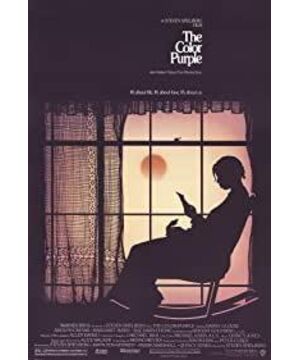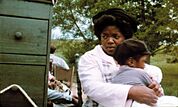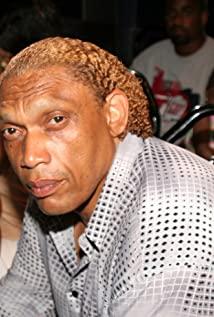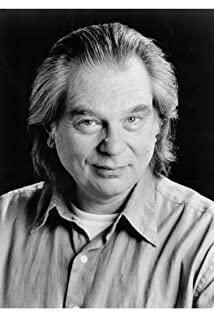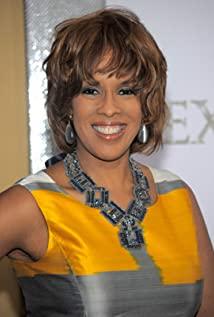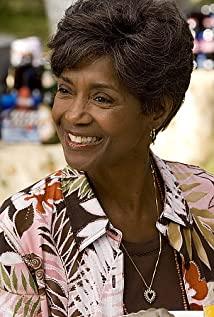From the perspective of film expression, the photography is excellent, and the switching of Hollywood-style Continuity lenses is used in many scenes.
From the perspective of thematic interpretation, from gender, racial discrimination to ecologicalism, the work is a hybrid of a rich mix of themes. At the beginning of the film we can already see that the first two themes, especially feminism, are the thread that runs through the film, and the expression of racism personally thinks that the scene of Sophia's dispute with the mayor culminates in the scene, what makes a A black woman who is tenacious and persistent, and can be said to have rarely lost, is threatened at gunpoint, shoved to the ground, and imprisoned without justice? It's in the lofty stance of white women, surrounded by a bunch of white men snapping and humiliating. They have similarities in language, but only because of their skin color, people of color and their culture will be defined as a servile low-level system, they are labeled as "personal prisoners", only worthy of white people Servants, they are people, but they are "lower" people, and they can't even say "hell, no". In the circle of white Justice League, even Sophia can only scream in despair "God", powerless to resist under the contempt of white muzzle. The edges and corners were smoothed out, and after she came out, she was a silent woman with white hair, yielding to the power, and even tired of giving alms and silent resistance, only silent obedience. The capacity for empathy in human nature suffocates my heart, leaving only powerless grief.
As for the adaptation angle (the following remarks are based on an interview with the original author), the film has been criticized a lot. The original author, Alice Walker, said that she was disappointed at the beginning. When she saw her work being adapted into a film, her feelings were "outlandish, weird", even felt like a cartoon, did not perfectly convey the meaning of the original book.
However, the contradiction between the film and the original, the classic and the remake has been passed down through the ages, and the audience's requirements and definitions of the degree of agreement are different, and disputes are bound to exist. However, the film has a set of narrative methods of the film, and the film needs to be more intuitive and complex, which is a greater challenge for the production staff. The old saying, adaptation, is another expression based on the original work. Adaptation is also a kind of literature.
As an African-American, she said "fine" to the Nobel Committee, whose members are of unknown nature and structure. That year the film was nominated 11 times and won 0 awards. The box office is also not as good as the movie "Back to the Future" in the same year, of course, there are reasons for the different audiences. In addition, black groups criticized him for deliberately smearing the image of black men and misleading the world, and many feminist and gay groups criticized the film for sacrificing homosexual relations for the box office. The kiss scene in the house is said to be different from the original).
In response to the resistance of the black community to the film, the original author stated that the issues revealed in her works are global topics. Here she mentions China (he was shot). She came to China after the original book was published in China, probably in the 1980s. She found that Chinese readers also responded enthusiastically (it is said that how many young people were educated in that era). They all like to read Western literature), she feels that the topic of women is not tailored for the black community, but a common topic of common human beings.
Human beings are constantly fighting for various rights. In this world, there is not only cultural diversity, but also individual diversity. We may be in the best of times or the worst of times.
View more about The Color Purple reviews


